Here’s a special event for all the sunscreen nerds!
I’ve teamed up with Jen of The Eco Well to organise the Sunscreen E-Summit, which is happening 15 May! This is a FREE event featuring some incredible speakers that you’d normally have to pay expensive conference fees to learn from, including academic researchers, ingredient supplier representatives, sunscreen formulators and regulatory experts. It’s a virtual event that’ll run on The Eco Well’s Discord server.
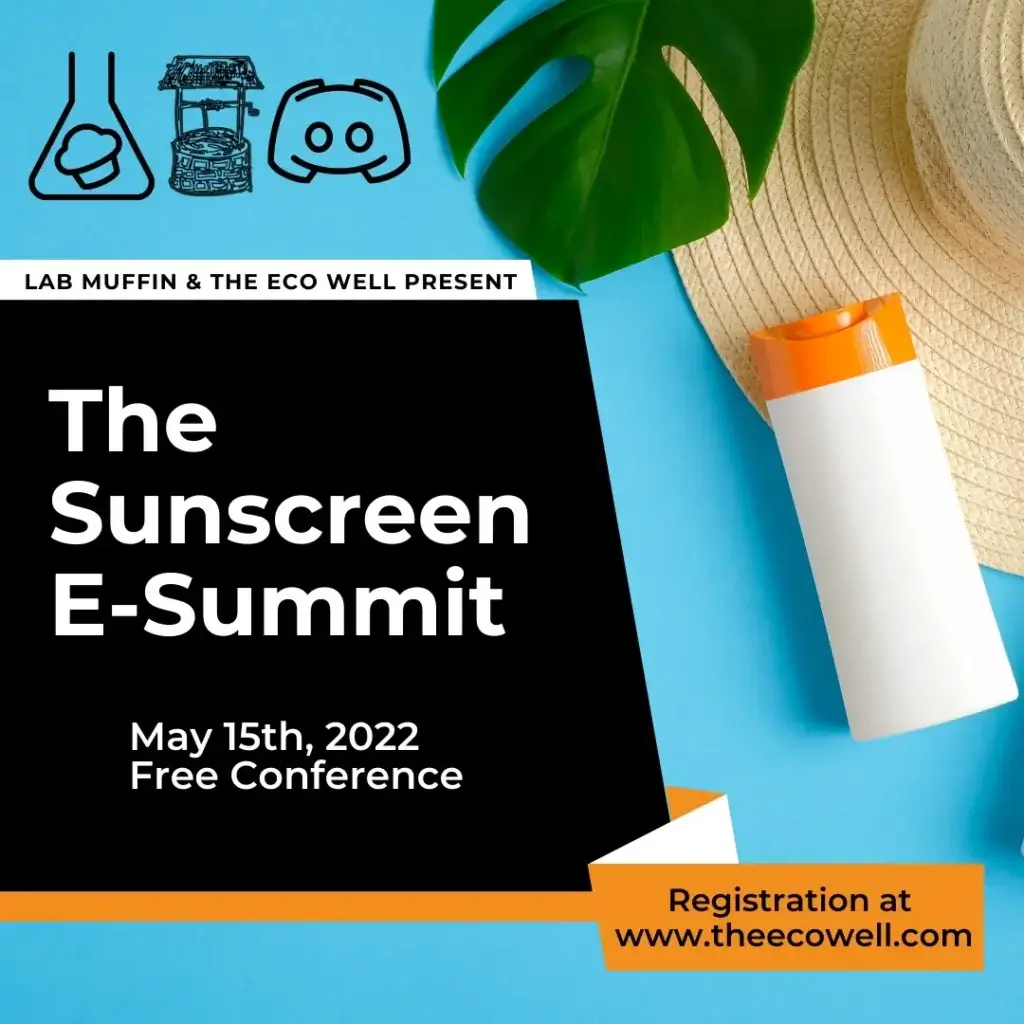
The line-up:
- 8:15 am EST: Conference Start
- 8:25 am EST: Introduction by Jen Novakovich
- 8:30-9:10 am EST: Sunscreen Mythbusting by Michelle Wong, Ph.D. of Lab Muffin Beauty Science
- 9:10-9:50 am EST: Regulatory Update by Meredith Petillo of Independent Beauty Association
- 9:50-10:30 am EST: Organic Filter Innovations, by Marcel Schnyder, Ph.D. of BASF
- 10:30-10:45 am EST: break
- 10:45-11:25 am EST: A Global Understanding of SPF Testing Current and Future by Chelcie Mejia and Nicki Kauffmann of Eurofins CRL Cosmetics
- 11:25-12:05 pm EST: Inorganic Filter Innovations, Abhijit Bidaye from Croda
- 12:05-1 pm EST: Lunch Break
- 1-1:40 pm EST: Formulating and Launching Sunscreen Products, Menas Kizoulis from Neutrogena
- 1:40-2:20 pm EST: Sunscreen Coral Reef Research Update, by Emily Burns, Ph.D. of PCPC
- 2:20-3 pm EST: UV and its Association with Skin Cancer in Darker Skin Types updates, by Adewole Adamson, MD
- 3:15-4:15 pm EST: Final Panel. Topic – the impact of misinformation on the sunscreen sector. Speakers: Michelle Wong, Ph.D., Thomas Myers of the PCPC, and Myriam Sohn, Ph.D. of BASF. Moderated by Jen Novakovich.
Speaker biographies are here. There’s question time after each talk, replays will be available afterwards as well!
Registration is here. Please share this with anyone you think might be interested!
Huge thanks to our speakers and event sponsors, whose support has made it possible for us to keep this event free for all attendees! Special shoutout to our SPF 50 sponsor Deciem, and SPF 30 sponsors Neutrogena and Croda.


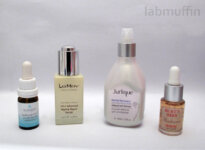
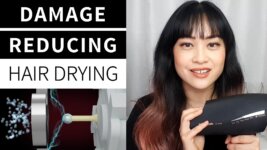
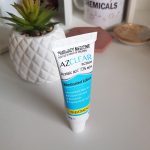
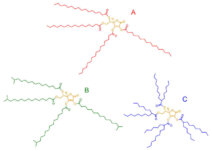
Have you seen the article about coral and sunscreen in the latest issue of Science? I found it quite interesting. Here is a summary from a resource I subscribe to called The Conversation. It is liberal in US terms.
In the last few years, scientists have found evidence that a chemical in sunscreen can harm coral reefs. It is common to find “reef-safe” sunscreens in stores that are made without the coral-harming chemical, oxybenzone.
Despite governments banning sunscreens containing oxybenzone – which normally protects cells from harmful ultraviolet light – nobody actually knew the biology of how or why it was killing corals. Djordje Vuckovic and Bill Mitch are civil and environmental engineers who study chemical pollutants. They asked an obvious but important question: If nobody knows exactly why normal sunscreens are harming reefs, how could anyone know “reef-safe” sunscreens are actually safe for reefs?
Working with a team of biologists, they designed a clever experiment to understand how oxybenzone harms corals. Using sea anemones, acrylic UV sunglasses and a lot of chemical analysis, they found that a common cellular process actually converts oxybenzone into a sunlight-activated toxin that can kill corals and anemones.
Yep, it has the same issue as all other lab studies on coral and sunscreen so far – the concentrations are way higher than you find in nature. There’s a better article here: https://www.medicalnewstoday.com/articles/oxybenzone-in-sunscreen-what-experts-think-of-its-effects-on-coral-reefs
Implausibly high concentrations
However, coral experts expressed skepticism about these conclusions.
“The lab exposure, for 17 days, does not mimic how sunscreen leaves the skin of a reef tourist and is rapidly diluted,” said Dr. Terry Hughes, professor emeritus and former director of the ARC Centre of Excellence for Coral Reef Studies.
“The concentrations in the lab are far higher than previous measurements in the field,” he told MNT.
Prof. Hughes said previous bleaching events on the Great Barrier Reef in Australia closely match where the water was hottest for the longest.
“Even the most remote reefs in the world are now bleaching, far from any airport,” he added.
“If tourists want to save coral reefs, they should consider their carbon footprint and who they vote for, instead of avoiding sunscreen,” he said.
Prof. Hughes, who has written about the oxybenzone controversy for The Conversation, added that cancer specialists have warned about the dangers for public health if people stop using sunscreen.
I was just wondering if you had read “SCCS – Scientific Advice on the safety of Homosalate as a UV-filter in cosmetic products”? I tried reading it before bed a couple of days ago. The calculations are straightforward, but I was having trouble understanding why they picked the absolute highest levels out of all of the studies mentioned in the PDF. Granted I haven’t read any research papers since university…
Link https://ec.europa.eu/health/latest-updates/sccs-scientific-advice-safety-homosalate-uv-filter-cosmetic-products-2021-12-03_en
They usually pick the highest to account for the worst case scenario. I believe they’re making separate recommendations for face and body products though, if they haven’t already…